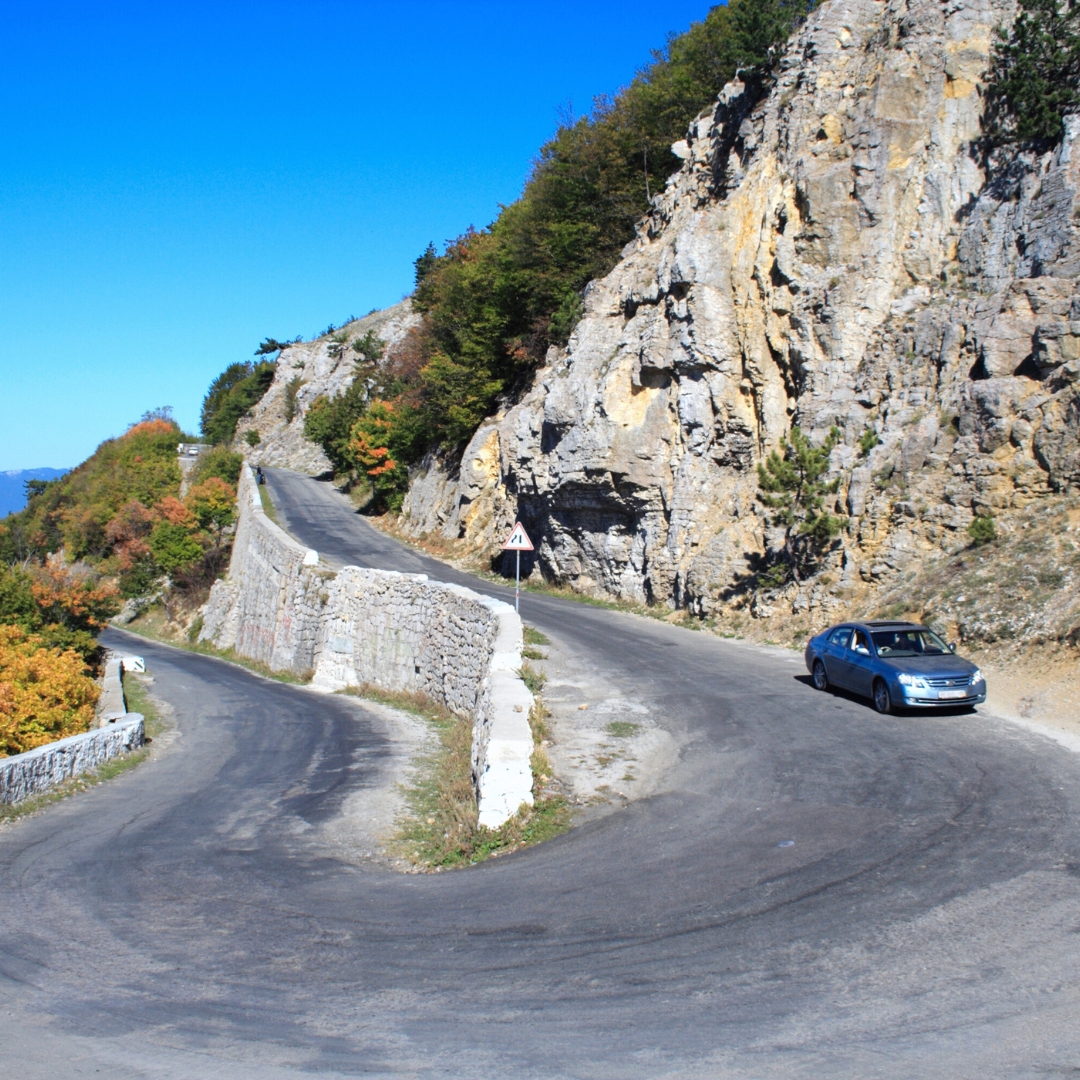Road trips can offer unforgettable experiences, but some routes pose significant dangers that challenge even the most skilled drivers. The most dangerous roads in the world are notorious for their treacherous conditions, steep cliffs, and unpredictable weather, making them a thrilling yet risky venture for adventurers. Navigating these routes requires not only caution but also a strong sense of awareness and respect for the elements.
Places like the North Yungas Road in Bolivia and the Guoliang Tunnel Road in China exemplify this risk, attracting those who seek the thrill alongside the potential peril. These roads test the limits of driving skills, endurance, and the capability to react quickly in life-threatening situations. Exploring the beauty of such dangerous paths can provide insights into both the breathtaking scenery and the inherent risks tied to them.
As travellers consider their next adventure, understanding the realities of these perilous roads can inform their choices. Whether embarking on a journey for the thrill or the scenery, being equipped with knowledge about the dangers can enhance the experience while ensuring safety on the road.
Geographical Distribution of Hazardous Routes
Hazardous routes exist across various continents, with each region presenting unique challenges. Understanding the geographical distribution highlights the distinct features that make these roads perilous.
Asia’s Treacherous Trails
Asia hosts some of the most dangerous roads globally, prominently featuring the Karakoram Highway between Pakistan and China, known for its steep drops and severe weather conditions. The Sichuan-Tibet Highway poses risks with unpaved sections and treacherous mountain passes. In Taiwan, the Taroko Gorge Road thrills but threatens drivers with narrow pathways and cliffs. The Zoji La Pass in India, notorious for its landslides and harsh winters, adds to Asia’s hazardous reputation. Another perilous route is the Fairy Meadows Road, which leads to breathtaking views but is fraught with risks due to its narrow and gravelled terrain.
America’s Perilous Paths
In the Americas, the Yungas Road in Bolivia, often dubbed the Death Road, presents significant dangers, including steep cliffs and frequent landslides. The Dalton Highway in Alaska is isolated and seasonal, challenging drivers with extreme weather and wildlife crossings. The North Yungas Road, known for its narrowness and lack of guardrails, further enriches the region’s dangerous reputation. In the USA, Commonwealth Avenue in Manila has earned an infamous status for its chaotic traffic and high accident rates. These examples underline the diverse hazards faced by drivers across the continent.
Europe and Iceland’s Risky Roads
Europe features routes that test drivers in varying conditions. The Stelvio Pass in Italy is renowned for its sharp turns and steep elevations. Austria’s Route 622 offers breathtaking views but can be perilous due to unpredictable weather and winding roads. In Iceland, the Atlantic Road presents challenges with its exposed coastal sections and sudden storms. The Halsema Highway in the Philippines is also a notable mention, known for its often rough conditions and steep inclines. Each of these roads showcases the complex intersection of natural beauty and inherent risk throughout Europe and Iceland.
The Engineering Challenges and Natural Obstacles
The construction and maintenance of the world’s most dangerous roads present significant engineering challenges. Natural obstacles, combined with environmental factors, create hazardous conditions for both builders and drivers alike.
Design Dilemmas and Terrifying Terrain
Roads like the Guoliang Tunnel Road and Skippers Canyon Road exemplify challenging design dilemmas. They often feature hairpin turns, steep grades, and narrow passes that demand precise engineering to ensure safety.
Constructors face limitations due to the surrounding terrain. In many cases, roads are carved into cliffs or steep mountainsides. This results in constant risks of rockfalls, especially during adverse weather conditions. Engineers must also incorporate switchbacks to manage steep inclines.
The Engineer Pass in Colorado shows how extreme topography can affect road design. Its narrow width and twisting layout can pose dangers, especially when faced with heavy traffic or adverse weather.
Climatic Catastrophes and Driving Dangers
Climatic conditions further exacerbate the difficulties of maintaining dangerous roads. Landslides and potholes frequently result from heavy rainfall or rapid snowmelt, making some paths temporarily impassable.
On the Cotahuasi Canyon Road, frequent rockfalls create hazards. This road also experiences severe weather conditions that can hinder visibility and create slick surfaces.
Altitude sickness can affect drivers navigating high-altitude routes, such as the 99-Bend Road to Heaven in China. These factors, along with potential earthquakes in vulnerable regions, contribute to the dangers associated with driving on these perilous roads.
Rodovia da Morte in Brazil is also prone to heavy rains and flooding, which can lead to additional complications, requiring constant vigilance from both engineers and motorists.
Safety Measures and Travel Advice
When planning road trips on some of the world’s most dangerous roads, safety should always be a priority. Travellers should consider several measures before embarking on their journey.
Research the route. Understanding the specific risks associated with roads like Kolyma Highway, Zojila Pass, and Bam Road is essential. Weather conditions, road quality, and local traffic laws can vary significantly.
Choose the right vehicle. A sturdy vehicle, preferably an all-terrain type, is advisable. This is crucial for routes such as Skippers Canyon and the Killer Highway, where the terrain can be challenging.
Travel in groups. It’s safer to travel with others when navigating hazardous roads. Having multiple vehicles can provide support in case of breakdowns or emergencies.
Stay informed. Always check for local advisories or alerts ahead of travel. Conditions can change rapidly, especially in regions like Kazakhstan where natural elements can create sudden hazards.
Emergency supplies. Carry essential supplies, including water, food, first-aid kits, and spare tyres. This preparation is critical given the remote nature of many dangerous roads.
Limit driving hours. Fatigue can impair judgement, so drivers should avoid long hours on the road. Start journeys early and take regular breaks to remain alert.
By following these precautions, travellers can enhance their safety while exploring the top 10 dangerous roads in the world.

